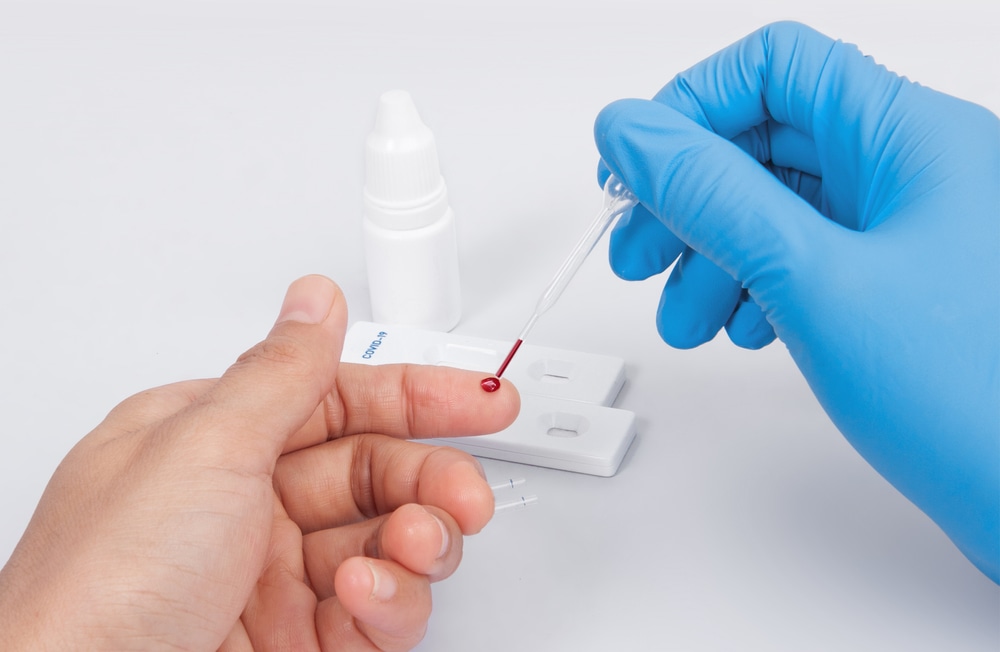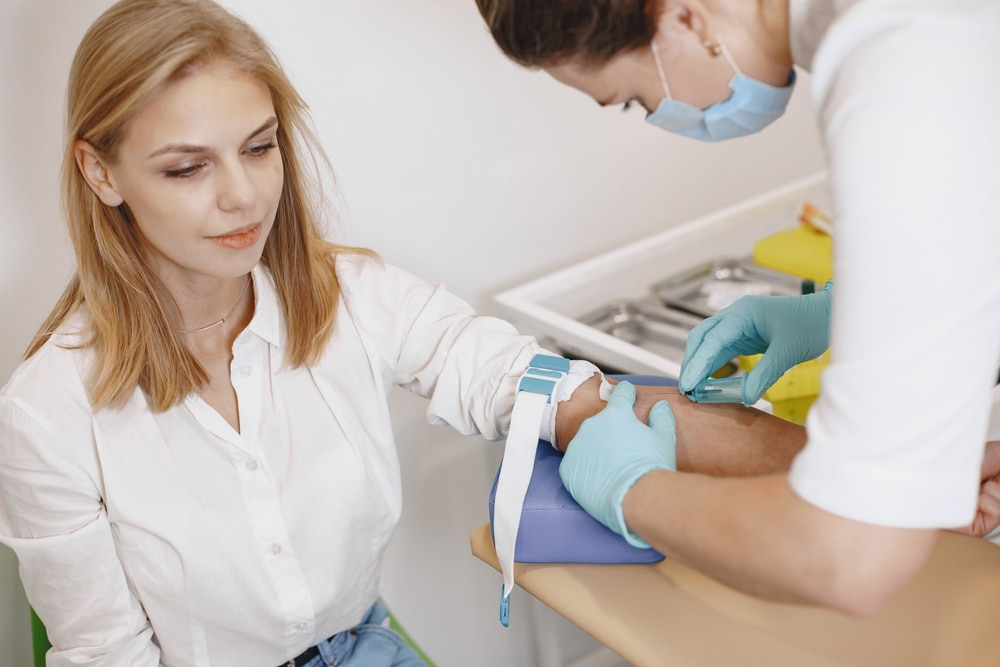Finger prick blood tests offer a convenient and relatively painless method for monitoring various health indicators. These tests are particularly important for individuals managing conditions like diabetes or monitoring specific biomarkers.
By simply pricking the fingertip, you can gather crucial data about your glucose levels and overall health status. Let’s learn more about finger prick blood tests, understand how they’re done and if they give accurate results.
What is a Finger Prick Blood Test?
A finger prick blood test involves using a lancet to obtain a small blood sample from the fingertip. This sample is then analysed to measure various parameters such as glucose levels, cholesterol levels, or other biomarkers relevant to health monitoring.
Why Do People with Diabetes Use Finger Prick Tests?
Those who have diabetes often rely on finger prick tests to monitor their blood glucose levels regularly. Blood sugar finger prick test helps them manage their condition effectively by adjusting their medication, diet, and lifestyle as needed to maintain optimal blood sugar levels.
Are Finger Prick Blood Tests Accurate?
Finger prick blood tests are generally accurate when performed correctly. However, factors like technique, quality of equipment, and handling of samples can influence accuracy. It’s essential to follow proper procedures and use reliable testing kits for accurate results.
Finger Prick vs Blood Draw
Compared to traditional venous blood draws, finger prick tests offer several advantages, including convenience, minimal discomfort, and the ability to perform tests outside of clinical settings.
Blood draw, also known as venipuncture, is the process of extracting blood from a vein in the body for medical testing, diagnosis, or treatment purposes. During a blood draw, a healthcare professional typically uses a needle to puncture a vein, usually in the arm, to collect a sample of blood.
However, finger prick tests may not be suitable for all types of tests, and venous blood draws may still be necessary for certain diagnostic procedures. If you are looking for private blood testing services in Kent, Gravesend, Bexley, or Longfield, click here to make an appointment with us.
How to Do a Finger Prick Blood Test?
Performing a finger prick blood test involves several simple steps-
Step 1- Prepare your lancing device- Make sure your lancing device is clean and loaded with a fresh lancet.
Step 2- Choose a testing site on your finger- Select a site on the side of your fingertip, avoiding areas with calluses or scars.
Step 3- Clean the test site- Use an alcohol swab to clean the chosen site and allow it to dry.
Step 4- Apply blood sample to the test strip- Gently squeeze your fingertip to produce a small blood droplet and touch it to the designated area on the test strip.
5 Most Common FAQs about Finger Prick Blood Tests
1. What is the best place to prick your finger for a blood test?
The sides of the fingertips are generally considered the best places to prick for a blood test. These areas have fewer nerve endings, reducing discomfort during the process.
2. How frequently should I conduct finger prick blood tests for effective monitoring?
The frequency of finger prick blood tests depends on individual health conditions and healthcare provider recommendations. For individuals with diabetes, testing frequency may vary from daily to several times a week, depending on treatment goals and overall health status.
3. Can finger prick blood tests accurately diagnose diabetes or other health conditions?
Finger prick blood tests are valuable tools for monitoring blood glucose levels and managing diabetes. While they provide useful insights into blood sugar levels, they are not typically used for diagnosing diabetes. Diagnosis usually involves comprehensive blood tests conducted by healthcare professionals.
4. What variables might influence the precision of finger prick blood test results?
Several factors can affect the accuracy of finger prick blood test results, including technique, quality of equipment, handling of samples, and environmental factors such as temperature and humidity.
5. Are there any potential adverse effects associated with regular finger prick testing?
When performed correctly, finger prick blood tests are generally safe and have minimal risks. However, frequent testing may cause minor discomfort, bruising, or calluses on the fingertips over time. It’s essential to rotate testing sites and use proper technique to minimise discomfort and reduce the risk of complications. Always consult with a healthcare professional if you experience persistent discomfort or other concerns related to finger prick testing.
Book an Appointment with Intrigue Health for Private Blood Tests
Finger prick blood tests play an important role in modern healthcare, offering a convenient and effective means of monitoring various health parameters.
By understanding the significance of finger prick tests and adhering to proper procedures, you can take proactive steps toward maintaining optimal health. Remember, regular monitoring and consultation with healthcare professionals are essential for personalised care and guidance.
Book an appointment with us if you are looking for private blood tests in Kent also available for the residents of Gravesend, Bexley, and Longfield or contact us to know more about private blood testing services.





